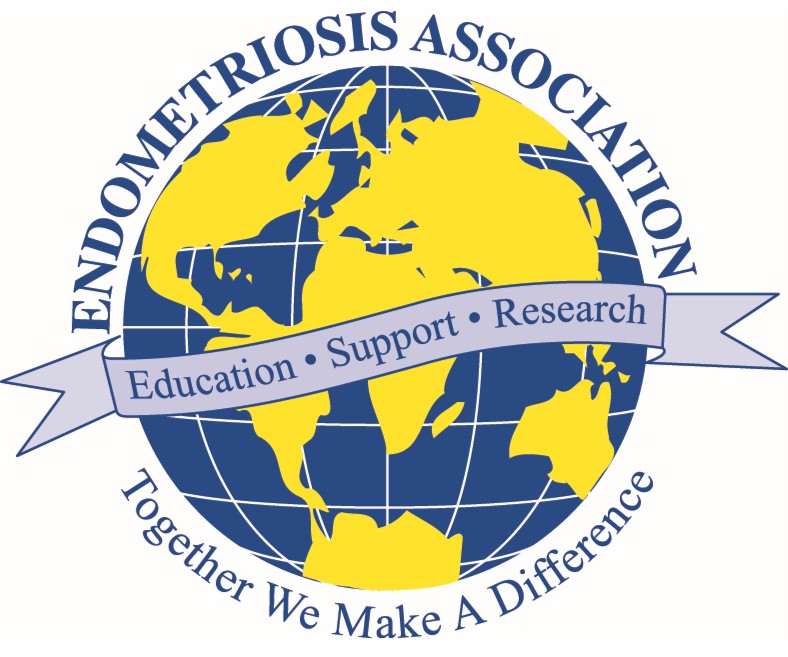Endometriosis, a condition where tissue similar to the lining inside the uterus grows outside of it, is not just an adult woman’s concern. It can start affecting individuals as young as in their teenage years, often bringing a unique set of challenges and symptoms that differ from those experienced by adults. Recognizing these early signs, understanding the typical age of onset, and navigating the complexities of diagnosis and management are crucial for improving the quality of life of teenagers dealing with endometriosis.
Early Signs and Symptoms of Endometriosis in Teenagers
Endometriosis in teenagers can often be mistaken for “bad periods,” leading to a delay in seeking treatment. However, the symptoms can be significantly more severe than typical menstrual pain. Teenagers might experience intense cramping that doesn’t go away with over-the-counter pain medication, heavy periods, or pain during bowel movements and urination, especially during their periods. Unlike adults, teens may also report chronic pelvic pain that extends beyond their menstrual cycle. Recognizing these symptoms early is crucial for timely intervention and management.
The Onset of Endometriosis: Understanding the Age Factor
Endometriosis can begin as early as a girl’s first menstrual cycle, but it often goes undiagnosed until later in life due to a lack of awareness and the normalization of menstrual pain. The typical age range for endometriosis to start manifesting is during the teenage years, making early education and awareness pivotal. Early recognition and intervention can prevent the progression of the disease and alleviate the severity of symptoms, significantly improving the quality of life of those affected.
Navigating Period Clots and Endometriosis in Adolescence
Period clots are a normal part of menstruation for many, but in the context of endometriosis, they can indicate a more severe condition. Teenagers and their guardians should be aware that while small, occasional clots are normal, large or frequent clots, especially when accompanied by severe pain, may warrant further investigation. This understanding can help differentiate between normal menstrual symptoms and those indicative of endometriosis, guiding teens and their families to seek appropriate medical advice.
Diagnosis and Challenges: Endometriosis in the Teenage Years
Diagnosing endometriosis in teenagers is fraught with challenges. The symptoms are often dismissed as typical menstrual discomfort or attributed to other conditions, leading to a significant delay in receiving the correct diagnosis. Advocating for oneself or one’s child is crucial, and seeking a second opinion from a healthcare provider familiar with endometriosis, especially in adolescents, can be a critical step towards getting the right treatment.
Managing Endometriosis as a Teenager
Management of endometriosis in teenagers involves a multidisciplinary approach, including medical, surgical, and lifestyle interventions. Pain management strategies, hormonal treatments, and, in some cases, surgery can be employed to manage symptoms. Additionally, lifestyle changes such as diet modifications, regular exercise, and stress management techniques can also play a supportive role in managing endometriosis symptoms. Support groups and resources specifically tailored for teenagers can provide invaluable emotional and educational support. The Endometriosis Association offers resources and support for teens dealing with endometriosis, which can be a helpful starting point for those seeking more information.
In conclusion, endometriosis in teenagers is a significant condition that requires early recognition, proper diagnosis, and effective management. By understanding the unique presentation of symptoms in teens, acknowledging the age of onset, and navigating the diagnostic and management challenges, we can improve the care and quality of life for teenagers with endometriosis.


Leave a Reply